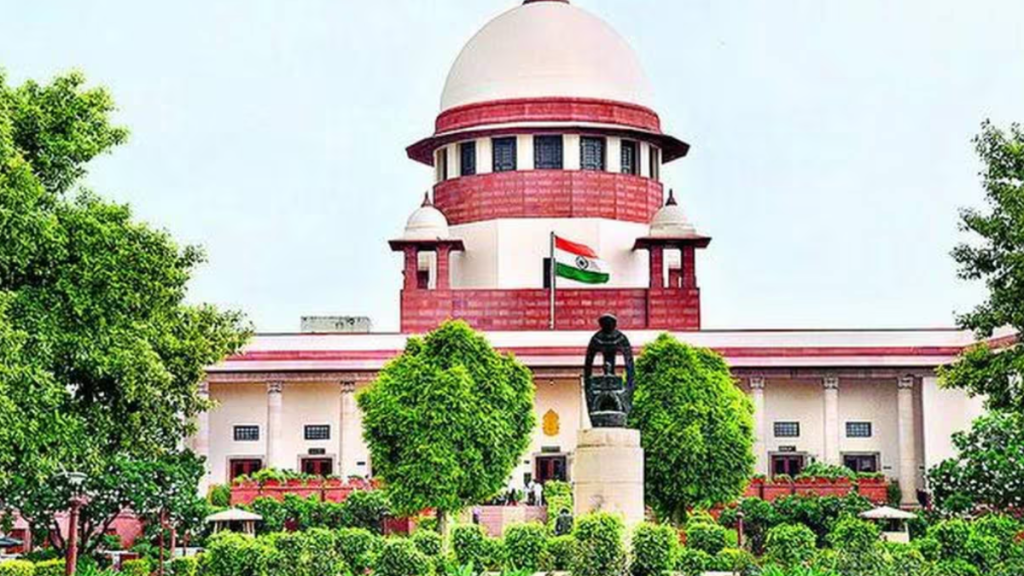Context:
The Supreme Court has recently directed that a minimum of one-third of seats in the executive committee of the Supreme Court Bar Association (SCBA) must be reserved for women.
More on the News
- The directive includes reserving one-third of committee seats for female members, including the Treasurer position.
- However, all eligible female members can contest for any position.
The court specified the criteria for reservation:
- A minimum of 3 out of 9 seats (one-third) in the Executive Committee.
- At least 2 out of 6 seats among the Senior Executive Members.
- One Office Bearer post must be exclusively reserved for a female candidate on a rotational basis.
- For the upcoming 2024-2025 election, the Treasurer post on the Executive Committee is reserved for a female candidate.
Women in the Legal Profession
Current Situation:
- Presently, only 3 out of 33 Supreme Court judges are women, making up just around 9% of the total.
- According to 2022 data provided by the Law Ministry Only 15 percent of lawyers in India are women
Historical Context:
- Among the total 268 judges in the Supreme Court’s history, only 11 have been women.
- In other words, only 4.1% of all Supreme Court judges have been women, while the remaining 96% are men.
- Women are more represented at the district court level compared to the High Court.
Recent Progress:
- In 2021, three women were appointed as Supreme Court judges simultaneously.
- This year, 20% of newly designated senior advocates were women, a notable increase.
- Justice Nagarathna is expected to become India’s first female Chief Justice in 2027.
Significance of the Guideline
- It’s a step forward in promoting gender equality and inclusivity within the legal profession.
- Through advocating for women’s representation and empowerment, the judiciary paves the way for a more equitable and just society.
About Supreme Court Bar Association (SCBA)
- Registered under the Societies Registration Act XXI of 1860, it aims to promote unity and collaboration among practising advocates in the court and other legal associations.
- Every advocate entitled to practice law is eligible for membership in the Association, subject to the rules.
- Applicants deemed suitable are initially granted temporary membership for two years, after which they may apply for regular membership.
- The Executive Committee, responsible for managing the association’s affairs, consists of positions including President, Vice-President, Secretary, and 15 Members, with at least 6 holding the designation of Senior Advocates.
Conclusion
The Supreme Court’s directive marks a significant. This move enhances diversity within the legal community and reinforces the commitment to fostering a fair and inclusive environment for all practitioners.

